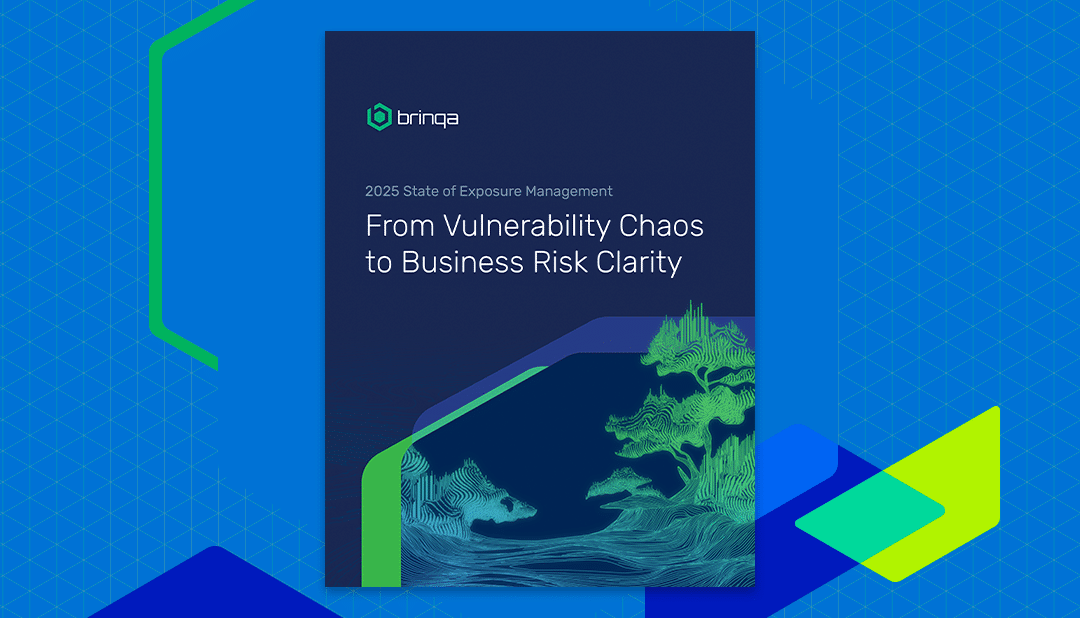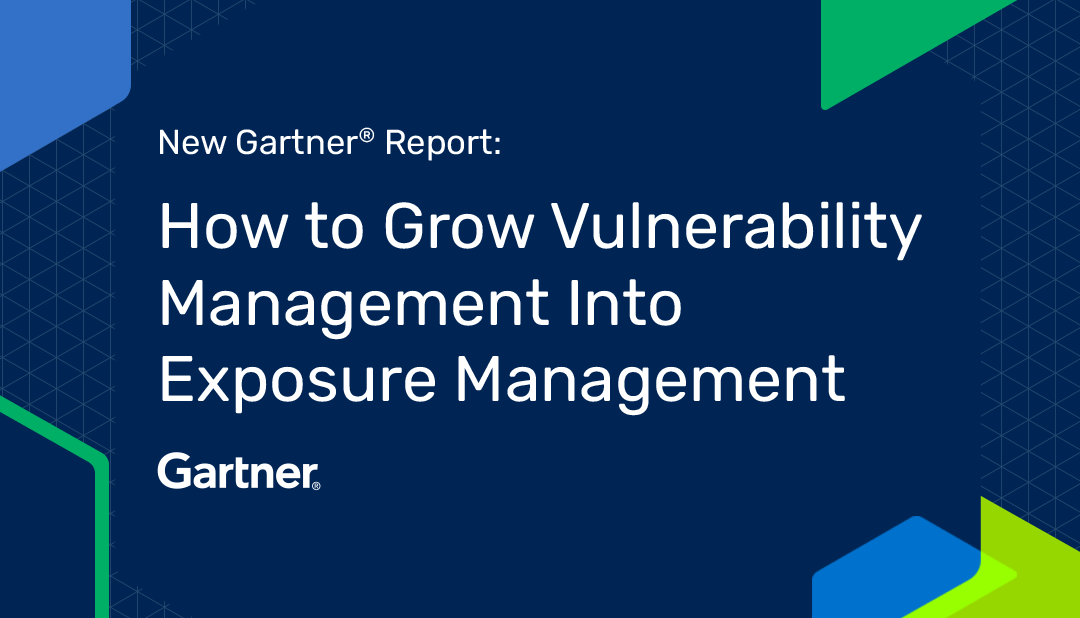
CISO Perspective: The Real Open Source Risk Isn’t the Code

Why Open Source Risk Is Misunderstood
A recent headline on software procurement claimed that the use of open source software “presents a significant and ongoing challenge,” especially when it comes to visibility into code origins and security. As a CISO, I understand where that concern comes from. But the real risk isn’t the code itself. It’s what your organization can—or can’t—see and act on at scale.
Yes, open source software introduces security concerns: supply chain risks, unpatched vulnerabilities, malicious commits, typosquatting, and license compliance issues. But unlike proprietary software, open source offers full transparency. You can audit the code, trace its origins, and evaluate its maintainers.
The problem? Most organizations lack the operational infrastructure to track, assess, and act on that data across the software development lifecycle. Open source doesn’t fail you. Silos do.
Transparency Without Context Is Not Enough
Security teams often manage multiple scanners, SBOMs, SCA tools, and ticketing systems—each producing its own alerts, reports, and dashboards. But without a unified lens, these signals rarely translate into effective action.
The result? Alert fatigue. Low-value remediation work. Delayed fixes. Missed exposures.
It’s not the presence of open source code that’s risky. It’s the fragmentation of context. To reduce actual risk, organizations must integrate OSS intelligence with business priorities and operational workflows.
A Practical Path Forward for Reducing Open Source Risk
1. Establish a Governance Model
Define how your organization evaluates open source packages. Create policy for license types, project maturity, maintainer responsiveness, and more. Align with industry frameworks such as SLSA or NIST SSDF.
2. Operationalize SBOMs
Generating SBOMs is now common. The next step is making them actionable. Feed SBOM data into vulnerability management systems and enrich it with exploitability intelligence.
3. Consolidate Signals Across Tools
Use a centralized risk platform to ingest findings from SCA tools, infrastructure scanners, and CI/CD pipelines. Normalize this data to correlate vulnerabilities across your software stack.
4. Automate and Prioritize Remediation
Correlate open source findings with business context: asset value, exposure, user access, and exploitability. Automate ticket creation in ITSM systems and track SLA compliance. Prioritize what matters most—not what’s merely available.
A View from the Field
At Brinqa, we’ve worked with organizations that relied heavily on SCA tools and scanner alerts but struggled to reduce meaningful risk. Their teams were overloaded with findings but lacked a way to connect those issues to business impact.
Once they consolidated those signals into a unified platform that correlated OSS data with infrastructure, threat intelligence, and exploit likelihood, they could focus on vulnerabilities that truly mattered. They moved from reactive patching to proactive security outcomes.
Closing the Loop on Open Source Risk
Open source software is not inherently less secure. But without the ability to operationalize open source intelligence at scale, it becomes a blind spot.
As CISOs, we need to stop treating open source as the problem and start focusing on the operational gaps that let real risk slip through.
Want to see how Brinqa helps teams prioritize vulnerabilities based on exploitability and business impact?
Request a demo or explore our post on Risk-Based Vulnerability Management.


